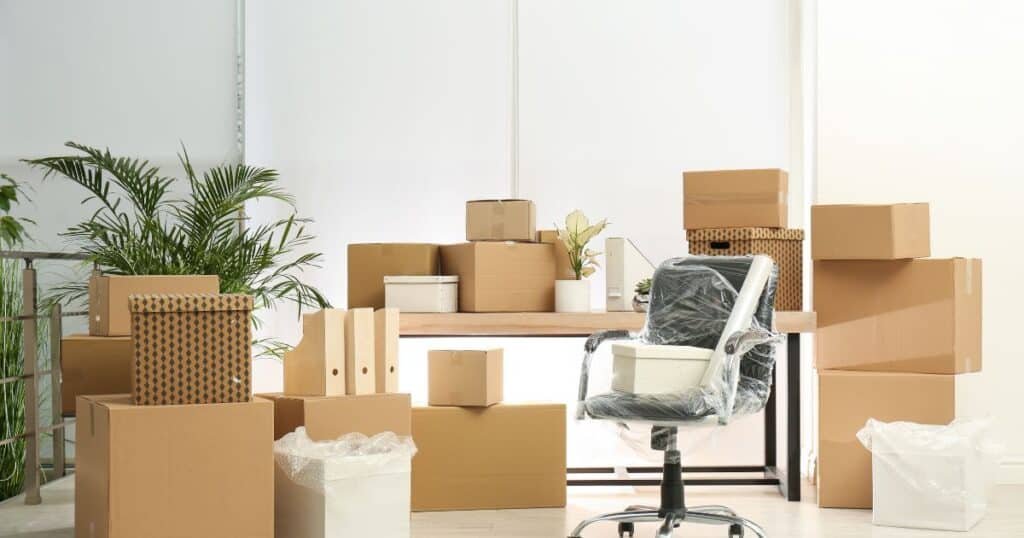Relocating an office isn’t just about desks and chairs—it also involves the careful transport of sensitive equipment like computers, servers, printers, and telecommunications systems. These devices are crucial to business operations and often contain valuable data. Mishandling them can result in financial loss and prolonged downtime. So, how do professional movers ensure these items are kept safe during a move?
Pre-Move Preparation: Assessing and Planning
Identifying Equipment That Needs Special Handling
Before the first box is packed, moving specialists conduct a detailed inventory of all electronics and equipment. This includes identifying the make and model of devices, understanding their fragility, and determining if any items require disassembly or special packaging.
Coordinating with IT Teams
Office moves usually involve coordination between the moving company and the organization’s internal or outsourced IT teams. This collaboration ensures that equipment is properly shut down, disconnected, and prepared for transport according to manufacturer guidelines.
Specialized Packing and Labeling
Using Appropriate Packing Materials
Sensitive equipment demands more than bubble wrap. Movers often use anti-static bags, custom foam inserts, and shock-absorbent padding to safeguard devices against vibration and impact. Cables and accessories are typically packed separately, labeled clearly, and secured to avoid tangling or loss.
Labeling for Easy Reinstallation
Each item is carefully labeled not just for inventory tracking but also for simplifying the reinstallation process. Clear tags identify the department, user, or desk the equipment belongs to, helping reduce confusion at the new location.
Safe Transport and Handling
Securing Equipment in Transit
During the move, items are strategically loaded into the truck to avoid shifting or toppling. Special carts, dollies, and crates are used to keep devices stable. Vehicles are often equipped with air-ride suspension to reduce vibration, which is especially important for delicate internal components.
In many cases, office movers will also use climate-controlled trucks if sensitive equipment is being moved during extreme weather or over longer distances. This helps prevent damage from heat, humidity, or cold.
Trained Personnel for Delicate Equipment
The handling of sensitive office equipment isn’t left to chance. Movers trained in electronics handling understand the right techniques for lifting, carrying, and placing devices. This reduces the risk of drops, jolts, or accidental disconnections.
Post-Move Setup and Verification
Equipment Reinstallation and Testing
Once the move is complete, equipment is not simply dropped off—it’s carefully unpacked and placed according to the floor plan. IT staff usually reconnect and test each piece to ensure everything functions as it should. This stage is critical for avoiding post-move disruptions.
Damage Inspection and Contingency Plans
A post-move inspection helps identify any issues immediately. While damage is rare when handled properly, having insurance and a clear claims process offers an extra layer of protection. Most professional movers provide coverage options tailored to business equipment.
Conclusion
Protecting sensitive office equipment during a move requires more than careful lifting—it demands planning, expertise, and the right tools. From pre-move coordination and specialized packing to trained handling and thorough reinstallation, every step is aimed at minimizing risk and maintaining business continuity. By understanding these practices, companies can feel more confident entrusting their valuable technology to the experts.

